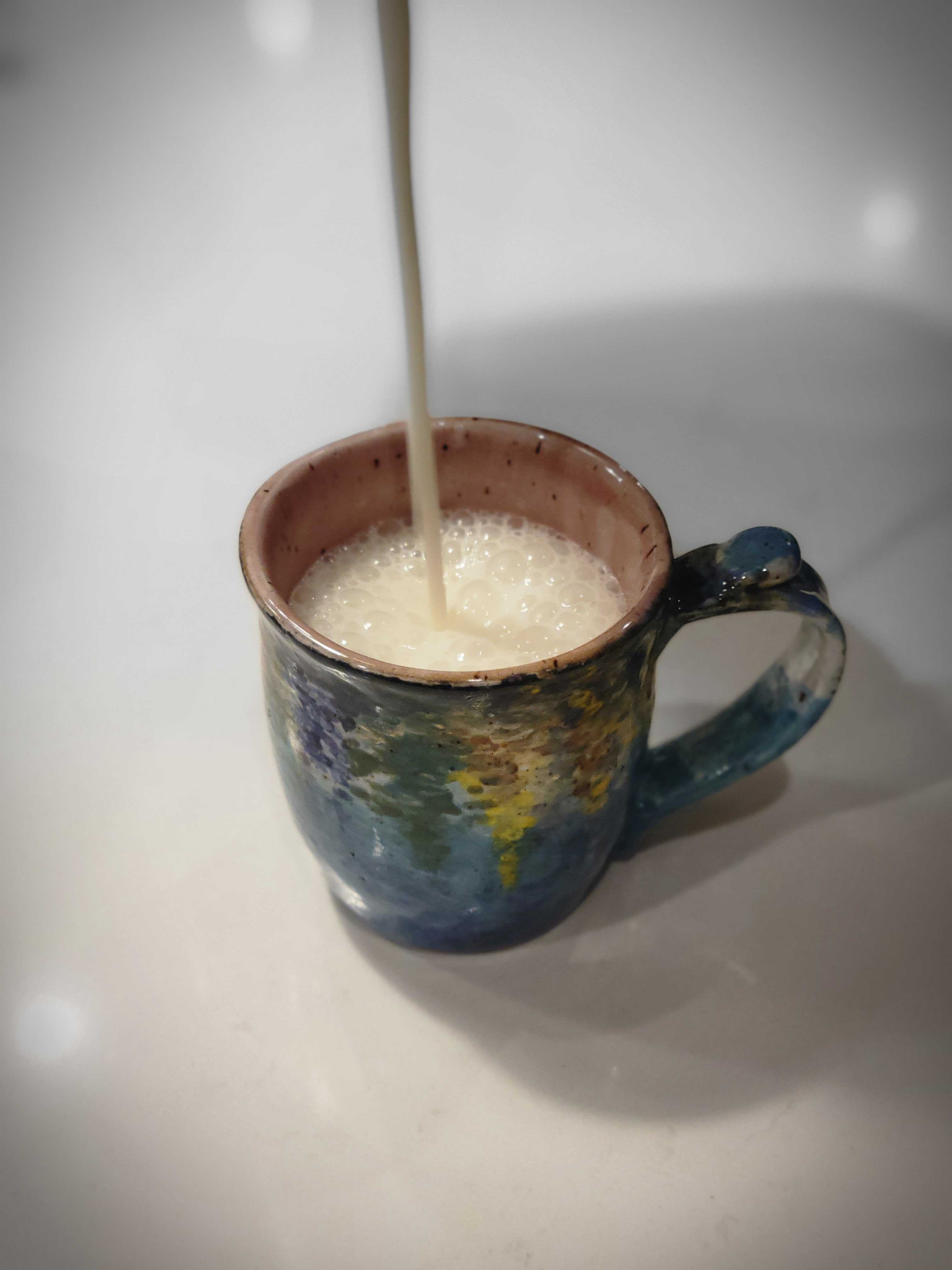Written by Lauren Lines, Dipl. O.M. (NCBAHM)® on August 24, 2023
Single Herb Spotlight: Yi Yi Ren

Usage
Yi Yi Ren belongs to the group of herbs that Drain Dampness which is an action that can be thought of as regulating fluid metabolism in the body. Most of the herbs in this category have a diuretic effect, i.e. they increase urine output, which helps to relieve stagnation and circulate fluids. (This should immediately alert you to be cautious with Yin or Fluid Deficiency patients!) Common signs of an imbalance where these herbs may be applied are edema, phlegm, dysuria, jaundice, and leukorrhea. Like most herbs in this category, Yi Yi Ren is bland, but it is also sweet and slightly cold. So, in addition to draining damp, it also has the functions of strengthening the Spleen and clearing heat. We see this herb particularly shine in the treatment of wind-damp painful obstruction (muscle, joint, and tendon pain and spasms) and the clearing of acne.
Culinarily speaking, cooked Yi Yi Ren has a texture somewhere in between barley and hominy. It can be an excellent gluten-free addition to soups, stews, porridge, congee, etc. The flavor is fairly bland so use it as a replacement for pastas, legumes, and grains in dishes where the sauce is the star. Be sure to rinse the grains thoroughly and, ideally, soak them for a few hours before cooking. (I have personally skipped the soaking step when using tools like the Instant Pot. However, when you soak the grains and see all the excess dirt come off between multiple water changes, you may decide to factor in soak time moving forward!)

Finding Yi Yi Ren for consumption can be a little tricky depending on where you live. Asian food markets are a good place to start if you want to make an in-person purchase. It is 2023, so finding it online may be an easier route to take with more options (you can even find organic Job’s Tears!). Just make sure you feel comfortable with the level of visibility into the company you are purchasing from i.e. the super cheap bag of grains on Amazon missing any kind of description on where it comes from may not be the best quality choice.
Exams
Although not found in many tested formulas, CALE and NCCAOM studiers should pay attention to Shen Ling Bai Zhu San (Ginseng, Poria, and White Atractylodes Powder) which lists Yi Yi Ren as one of the deputies. Yi Yi Ren also makes an appearance in San Ren Tang (Three Nut Decoction) and Wei Jing Tang (Reed Decoction), both NCCAOM formulas. As we’ve seen before, the Chens’ Chinese Medical Herbology and Pharmacology lists pregnancy as a contraindication while Bensky’s Chinese Herbal Medicine: Materia Medica does not. Bensky does, however, mention long-term consumption causing miscarriage under the Traditional Contraindications section.
I hope some of you feel inspired to experiment with Yi Yi Ren in the kitchen! We’d love to see and read about your recipes and efforts on our Page .
For a great non-dairy Yi Yi Ren milk recipe, check out the Jade Woman Medicated Diet program created by Dr. Helena Zhang.
